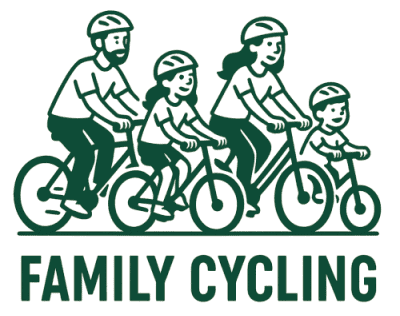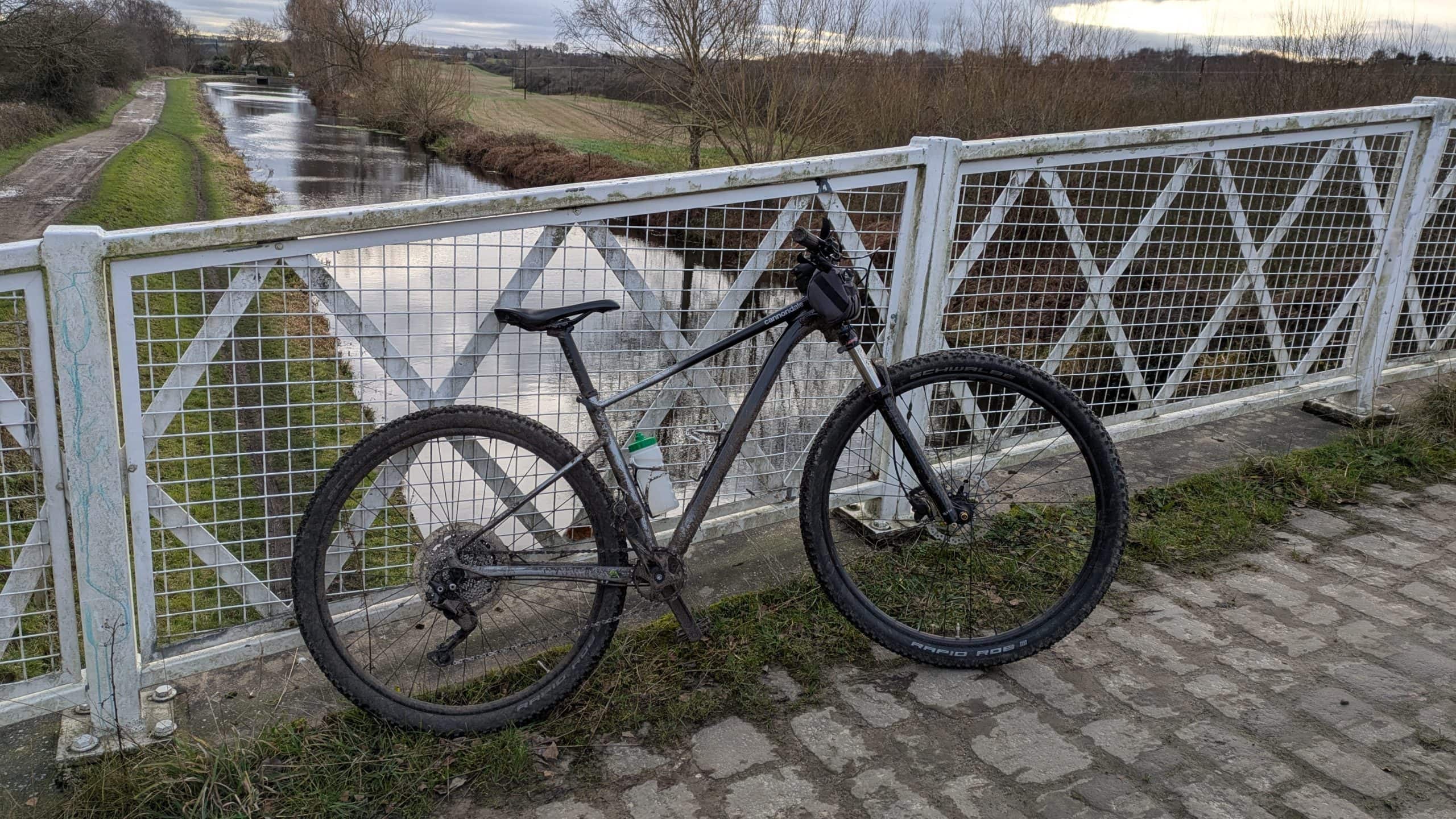When most people decide to get fit, the default tends to be running. It’s familiar, feels like proper exercise, and it burns calories quickly. But for beginner-level parents aged 30–45, who perhaps haven’t performed sustained levels of exercise for some time, is it really the best place to start?
The good news is that walking, running, and cycling can all improve your fitness. In this article, we’ll compare these three activities – looking at how they boost your heart health, which muscles they use, how many calories they burn, and their impact on your joints and lifestyle.
We’ll also talk about what makes an activity family-friendly and sustainable in the long run. By the end, you’ll see why we’re gently nudging you to give cycling a try as a fun, accessible way to get fit (without being preachy about it, we promise!). So, let’s break it down on why we would
Cardiovascular Benefits
All three activities improve your heart health and endurance, and regular aerobic exercise has been proven to reduce the risk of heart disease, stroke, type 2 diabetes, and early death.
- Running is the most intense. It gets your heart rate up fast and boosts your aerobic capacity (VO₂ max). Studies show runners can significantly lower their risk of cardiovascular disease, but that comes with higher physical demands and often a longer recovery.
- Cycling is versatile. Ride gently, and it’s a moderate workout; push the pace or climb hills, and it becomes vigorous. One major UK study of 260,000+ people found that cycle commuters had far lower risks of heart disease and cancer than car users.
- Walking is naturally moderate in intensity and very accessible. It’s excellent for getting started, but takes more time to deliver similar cardio effects compared to the others.
One more heart-health angle to consider is sustainability. The best exercise for your heart is one you’ll actually do consistently. While running might deliver slightly faster fitness gains, it’s also the hardest to stick with if you dread it or it leaves you sore.
From personal experience, I always found running taxing on my joints and body, which meant I had to have regular breaks between runs. Whereas on the bike, I am more likely to be consistent, as you can alter the pace/intensity easily.
Cycling and walking tend to feel a bit more approachable for beginners. You can chat with a friend or enjoy the scenery while doing them, which means you might end up logging more active minutes overall.
I think this is where people lose sight of what they are doing physical activity for in the first place. It’s usually to lose weight, and most default to running when in reality your heart doesn’t mind how you get your 150+ minutes of weekly exercise; a cycling class, a lunchtime walk, or a light jog are all beneficial, so do what is the least taxing on your body in the long term
For us here at Family Cycling, we want to do an activity which is accessible for the whole family. Although it’s possible we could go for a run as a family, it’s highly unlikely we’d do that on a regular basis, whereas cycling can be combined with fun weekend activities. It’s transferable to the entire family.





Trans Pennine Trail Cycling. Who couldn’t love this?
Calorie Burn
If one of your goals is to lose weight or burn calories, you’ll naturally wonder which activity burns the most in a given time. There’s a classic piece of fitness math: burning off one pound of fat requires roughly a 3,500-calorie deficit (through exercise, diet, or both). While weight loss isn’t only about exercise, diet is a big factor – knowing the calorie burn of walking vs. running vs. cycling can help set your expectations.
Here’s a general look at what you might burn in 30 minutes of activity (based on a person weighing 155–190 lbs):
- Running (6mph): ~295–350 calories
- Cycling (moderate pace, 12–14mph): ~250–300 calories
- Walking (brisk pace, 4mph): ~140–180 calories
Running is the most efficient for calorie burn per minute, but it’s also more likely to lead to fatigue or injury that interrupts routine. Cycling can burn a similar amount and feels easier to sustain for longer periods, especially for beginners. And while walking burns fewer calories per minute, it’s easy to do every day and requires little planning.
It’s worth noting that calorie burn can vary a lot from person to person. Weight, speed, terrain (hills vs flat), and even things like wind resistance on a bike all influence the numbers. Also, beginners often can’t exercise at a very high intensity at first, and that’s okay. You might find that a brisk 20-minute walk leaves you pleasantly tired, whereas 20 minutes of running would leave you exhausted. In that case, you’ll actually burn more by walking, because you’ll be able to do it longer and more often.
So, think of calories burned as a sliding scale that you can adjust. Ultimately, the best exercise for burning calories is the one you’ll do regularly. Consistency beats one-off hardcore workouts whenever it comes to seeing progress on the scale.
Verdict: Cycling gives you an efficient calorie burn without the aches and pains, and it’s easier to extend the time spent exercising.
Muscle Engagement and Strength
Aside from cardio and calories, you might be curious about which muscles get a workout with walking, running, or cycling, and whether any of these will make you “stronger” or more toned. All three activities primarily work the lower body, but there are some differences in emphasis.
- Walking builds endurance in your legs (quads, glutes, calves), but the intensity isn’t enough to noticeably tone or strengthen unless you walk for long durations or on inclines.
- Running is more demanding. It works the same muscles as walking but with greater force, and also engages the core and arms. However, the repeated impact and overuse injuries can be a drawback.
- Cycling adds resistance, making it great for building leg strength, especially in the quads and glutes. Hill climbs or higher gears challenge your muscles, leading to improved tone and endurance over time. It also spares your upper body and joints.
Of course, this is very high-level advice and you should really do what you are most passionate about. But like the vast majority who exercise, the goal is to lose weight, and if that’s the case ,you need to think carefully about what is right for your body. From my perspective, cycling achieves this strengthening in a low-impact wa,y and it enables you to combine cycling and resistance training easily. Whereas running can have an impact on your whole body, cycling literally takes the strain off your upper bod,y meaning you can build muscle via upper body resistance training also.
Verdict: Cycling offers the best leg-strengthening benefits without battering your joints — a win for fitness, form, function, consistency and habit building.
Joint Impact and Injury Risk
One major difference between walking, running, and cycling is how much impact and stress they put on your joints. If you’re a beginner or carrying a bit of extra weight (as many of us parents are after years of putting family first!), this is a crucial factor to consider. The last thing you want is to start a new exercise routine and end up benched with an injury.
- Running is a fantastic workout, but there’s no denying it’s tough on the joints. Every stride sends force through your knees, hips and ankles — around 2–3x your body weight. It’s a common cause of runner’s knee, shin splints, and tendon issues.
Running can absolutely be safe, but you have to increase your distance and intensity slowly, invest in good running shoes, and listen to your body. It can strengthen & support joints in the long run by building up bone density and the muscles around the joints, as long as you don’t get injured in the process. - Walking is much gentler, with less impact and fewer injuries overall. It’s considered low-impact, but it is weight-bearing (unlike cycling) because you do have to support your body on each step. The impact of walking is much less than running; you’re not “launching” into the air and pounding down, you’re keeping one foot on the ground at all times.
Overall, walking is the safest bet impact-wise, but it’s always wise to start with modest distances and good shoes if you’ve been sedentary, just to give your joints time to adapt. - Cycling is zero-impact. You’re seated, your feet don’t strike the ground, and the smooth circular motion is kind to knees and hips. Studies show cycling helps maintain joint health and is often prescribed for injury rehab and arthritis.
But assuming a good fit, cycling is knee-friendly and often used in injury rehab. Even people with past knee surgeries or those who’ve been told they have “bad knees” can often cycle comfortably, sometimes well into older age, when running would be out of the question for them.
Verdict: To sum up the joint discussion, Cycling is king for being easy on the joints, walking is generally gentle and safe, and running is the high-impact outlier that needs more caution. Many beginners default to running, thinking “running = exercise,” but as we’ve seen, it can come with a higher injury risk if you’re not prepared.
We obviously fall into the cycling camp, but with good, logical reasons, as it’s just the kindest overall on joint health. Furthermore, habit building is hugely important, and cycling can often be done into older age, particularly with the technological advancements of e-bikes.
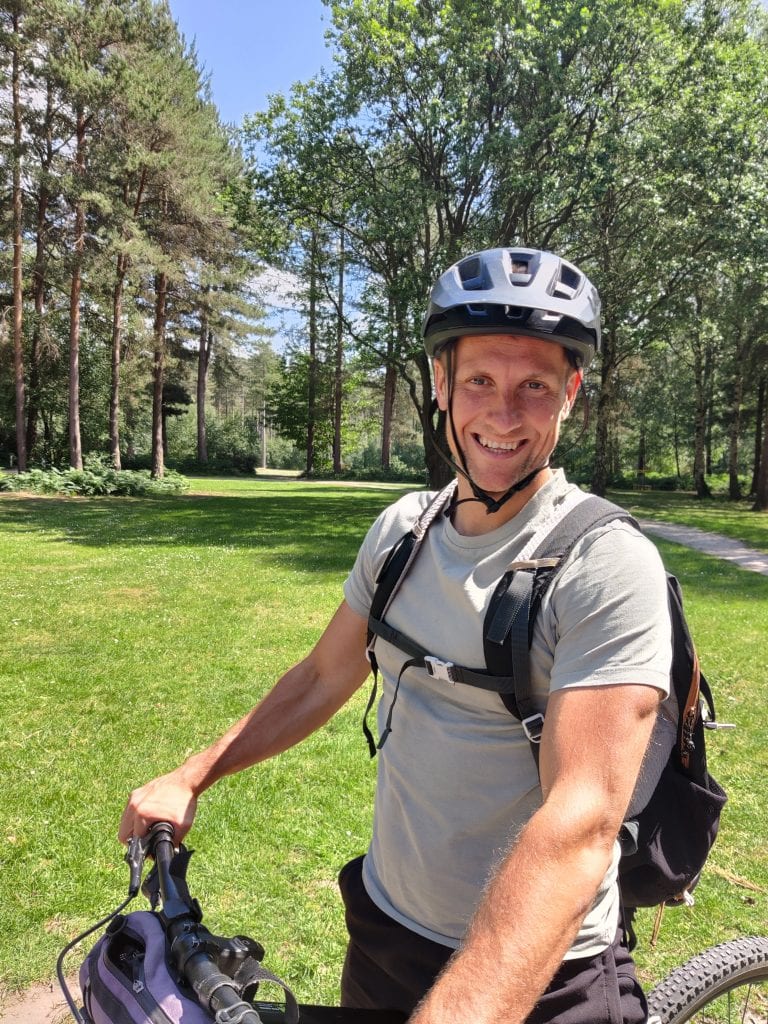


Cycling as a family
Time Efficiency
If you’re a busy parent, one of your biggest hurdles to exercising is probably time. Balancing work, kids, and household chores – it can feel like there are not enough hours in the day. So you want to get the best results from whatever time you can carve out for fitness. Here’s how walking, running, and cycling compare in terms of efficiency.
- Running gets the job done quickly — it’s the most efficient per minute, but the downside is soreness and the need for rest days. Running can also be difficult to fit in, and as life gets busier, it may fall by the wayside.
- Cycling can burn similar calories, covers more distance in less time, and is often enjoyable enough that you go longer without noticing. You can also use it as a form of transport, whether that’s to the shops, the school commute, or even getting to work and back.
- Walking is the easiest to fit into daily life, but takes 2–3x longer to match the calorie burn or cardio gains of cycling or running. It’s still a noble inclusion of activity mind and should be considered for short distances.
Verdict: In summary, if you judge purely by “how much benefit can I get in 30 minutes,” running comes out on top, with cycling not far behind. But cycling offers a great balance – it’s fast enough to be efficient, yet not so taxing that you need extensive downtime afterwards. And unlike running, you can often carry things (groceries, a child in a bike seat, etc.) or incorporate it into daily routines.
Walking, while the least time-efficient for fitness gains, has the advantage that it’s so easy to do little bits here and there (and something is always better than nothing!).
As a busy parent, you might actually find that walking and cycling are easier to fit in regularly – for instance, a quick bike ride with the kids to the park, or walking the dog – whereas finding a solitary half-hour to go for a run might be trickier.
The best approach might be a mix: use walking and cycling abundantly for everyday activity and family time, and throw in the occasional run or jog when you specifically want that intense workout and personal time. For me personally I love to cycle and walk, and run, specifically when I’m teaching the kids how to ride a bike 😀
I want the best return for the least physical impact, and cycling hits a sweet spot here.
Family Friendliness
For parents, one of the biggest perks of cycling is how easily it becomes a family adventure. We’ve built camping trips, days out, and activities all around cycling. You can do the same with walking/running, but cycling is an activity is something which can be done through all aspects of life.
- Walking is good for all ages, but older kids might lose interest. It’s great for chats and nature walks, but less exciting. We love walking as a family, but it either involves localised walking or driving somewhere. Walking is certainly something the whole family can do together. Family walks are wonderful for chatting and exploring the neighbourhood or a nature trail.
- Running together as a family is a bit more challenging unless everyone is on the same page. Little kids probably can’t keep up with an adult running for long (or at all), so family running usually means either pushing a pram or only the grown-ups running while the kids bike, which is fine but more of a challenge.
Family fun runs (like charity 5Ks where you jog slowly together) are a great experience for older kids, but as a regular routine, running tends to be a more individual pursuit. Of course, if running is in your family’s DNA, this may be something you can develop, but from a standing start, it can be a difficult sell. - Cycling is an adventure. Kids love it, whether they’re riding their own bikes, on bike seats or sitting in trailers. It’s inclusive, exciting, and something you can all do together, regardless of age or ability.
As the kids get older and more skilled, family bike rides can get longer and more adventurous: you can tackle scenic bike paths, park trails, or quiet country lanes. You can plan bikepacking trips, find awesome mountain bike trails or commute to school together as a family activity.
Verdict: Cycling is hands-down the most fun and inclusive family activity, building memories as well as fitness. It’s an activity which they are less likely to “age out” of, meaning it could become a long-term family tradition.
Long-Term Sustainability
Another important perspective for beginners (especially in the 30–45 age range) is long-term sustainability. You’re not just looking for a quick fix; ideally, you want a form of exercise you can maintain for years, even decades, to come. Life is a marathon, not a sprint, as they say – and in the context of fitness, that means consistency over the years matters more than any intense burst you do and then abandon.
It’s common for those with January resolutions to look to running for inspiration. Typically, people will go ‘hard’ and start running, which is the worst thing for weight loss, as if you are a beginner, this can bring about long-term injuries,s which will hamper any type of long-term consistency or routine.
- Walking is perhaps the most sustainable of all. It’s gentle, it’s intuitive, and barring any mobility issues, you can continue walking for exercise well into your senior years. It’s very common to see active older adults in their 70s and 80s taking regular walks.
The only caveat: as a sole form of exercise, walking might not challenge you as much once you get fitter, so you may need to walk faster, farther, or incorporate hills to keep improving. Walking, coupled with resistance training, is a really solid option in your senior years. - Running can certainly be a lifelong activity too. Many people continue running into middle age and beyond. It tends to peak in one’s 20s-40s for speed, but recreationally, you can run as long as your body allows. The challenge is that running’s high-impact nature can sometimes catch up with us.
Many avid runners eventually become avid cyclists or swimmers later in life, once running becomes too taxing. There’s no shame in that. It’s about keeping active in whatever way works best for your body at each stage of life. - Cycling can be done for life. It’s gentle on joints, great for mental health, and adaptable (hello, e-bikes and trikes). Older cyclists often continue riding into their 70s and 80s. Because cycling is so low-impact, it doesn’t “wear out” your joints in the same way. You can usually continue cycling even if issues like arthritis develop, as doctors often encourage it to keep the joints mobile without impact.
Verdict: From a sustainability viewpoint, cycling and walking have an edge in that you’re less likely to be forced to quit due to injury. They’re also easier to dial up or down in intensity to match your life circumstances. For instance, if you’re dealing with a hectic period (new baby, stressful job), you might not have the energy for hard runs, but you could still manage a bike ride or walks to de-stress.
This flexibility makes it more likely you’ll resume and continue the activity rather than giving up altogether. From a personal perspective, I’ve chosen to build the cycling habit now and it’s become ingrained, meaning I’m likely to continue this on into my 40’s/50’s and 60’s. Of course,e the same could be said for other activities, but cycling seems to be the most ‘rounded’ in that regard.
With this aimed at the ‘beginner’ who really just wants an accessible, fun, low-barrier way to get fit, cycling checks a lot of boxes.

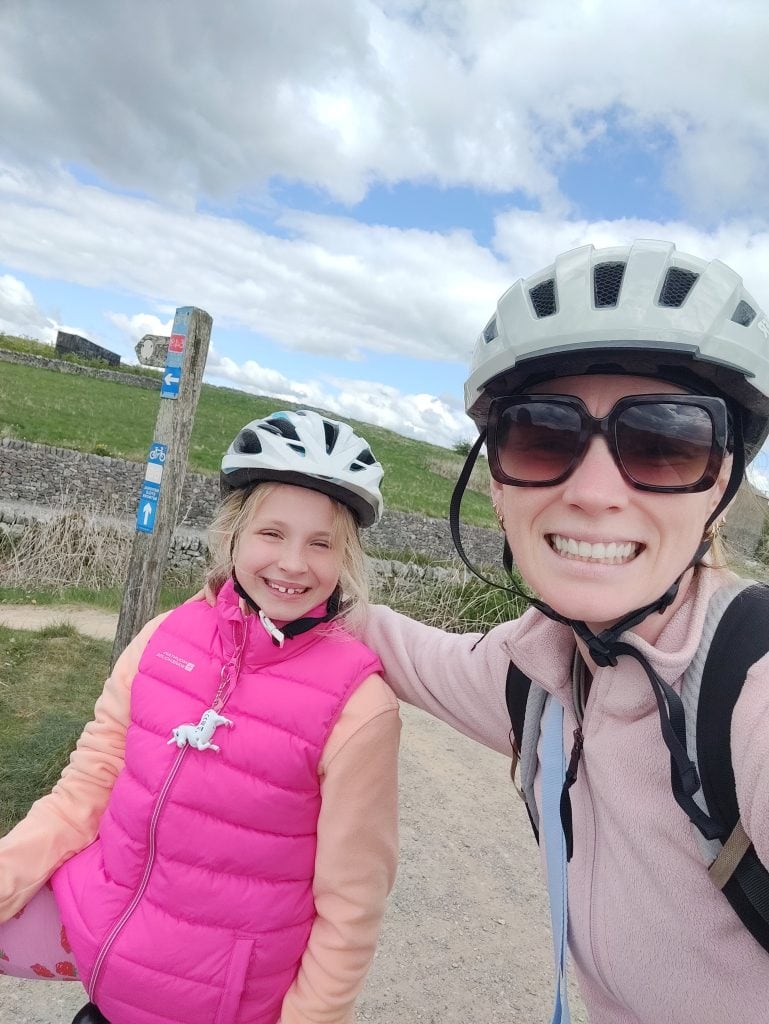
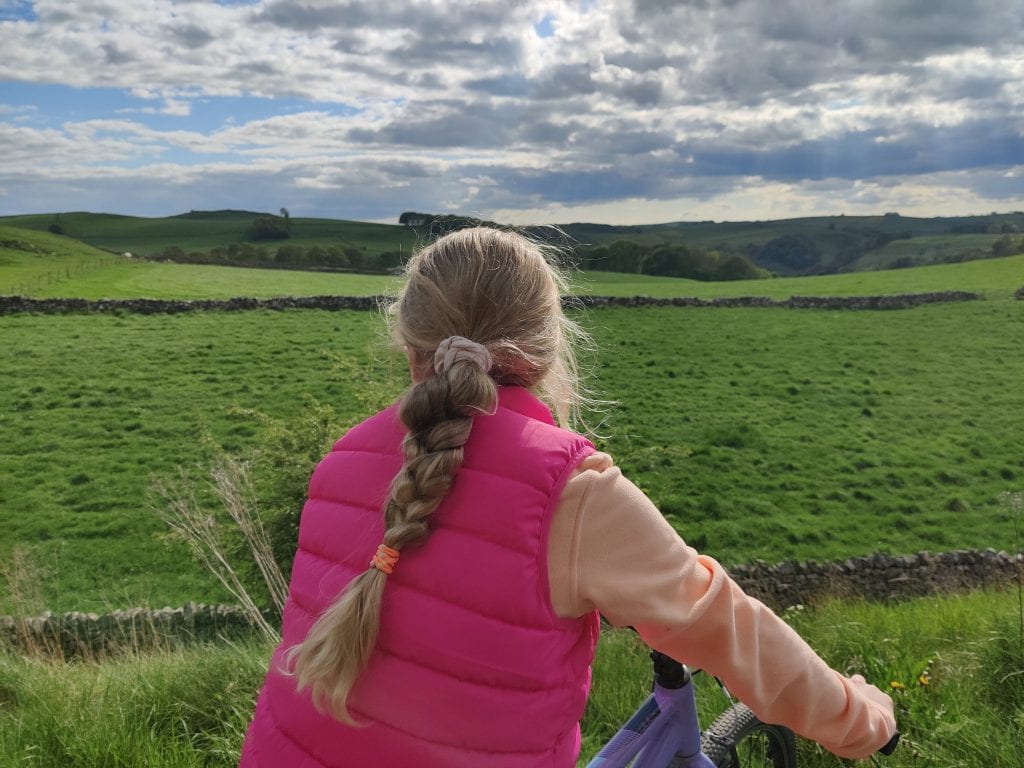

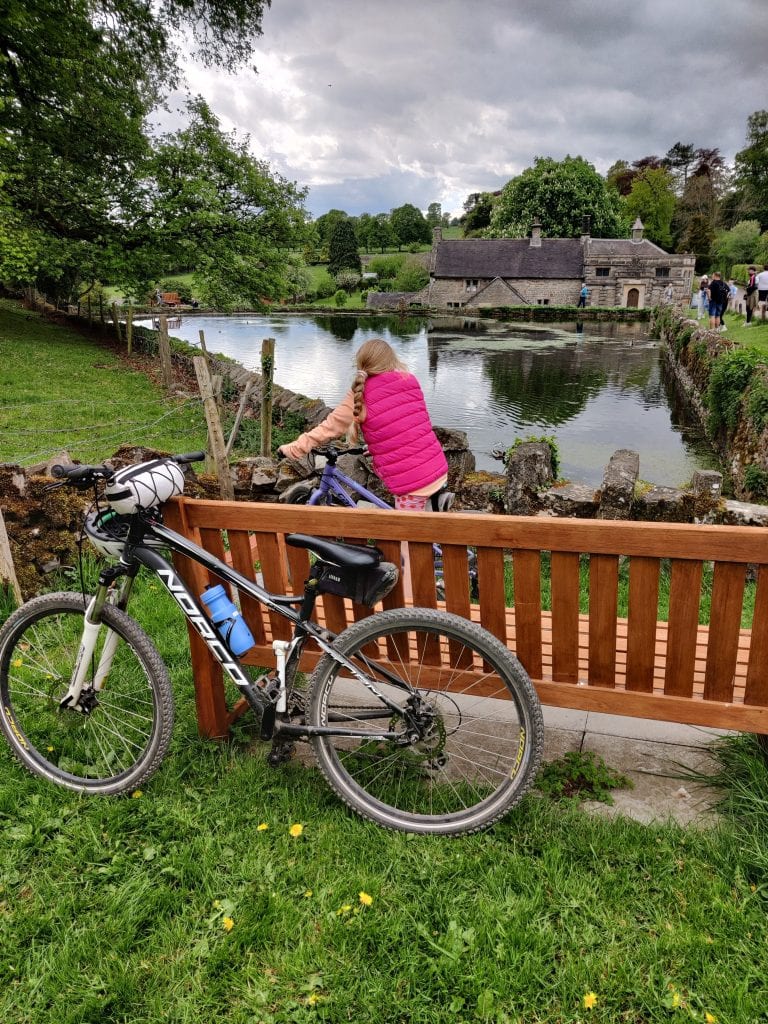

Adventures together
Final Thoughts
At the end of the day, the best exercise for you is the one you enjoy enough to stick with. For me & most importantly, my body cycling was the one (as well as resistance training) which I was confident I could sustain.
Walking, running, and cycling each have their pros and cons, and as we’ve seen, all can help you get healthier, fitter, and even happier. You can start by incorporating more walking into your day, or maybe doing short jog-walk intervals or even a cycle around a country park. There’s no right or wrong answer, but sticking with something is the key.
That said, we’ve made a gentle case that cycling hits a sweet spot for many beginners, especially those of us juggling family life. It gives you a solid cardio workout like running does, but it’s easier on your joints and less injury-prone.
It burns calories efficiently, yet often feels easier and more fun than equivalent effort running. It engages your leg muscles and can build strength, but without the bone-jarring impact. It’s something you can do with your kids, your partner, or on solo “me time” rides.
Most of all, it’s a sustainable activity you can do for the long term without beating up your body. I’m pro cycling (especially on traffic-free routes), but if you’re into running and walking, then you’re also on the right track. Most people just need the consistency and the habit. Once that’s instilled, it becomes part of your day-to-day routine.
Sources
- NHS: Physical activity guidelines for adults
- Harvard Medical School: Calories burned in 30 minutes
- Cycling UK: Family cycling tips
- British Journal of Sports Medicine: Running and knee health
- BMJ Study: Active commuting and health benefits
- OrthoInfo: Exercise and joint health
- ACSM Guidelines for Exercise Testing and Prescription
- CDC: Health benefits of physical activity
- https://www.verywellhealth.com/walking-or-biking-more-exercise-8776329#:~:text=%2A%20A%20190,0%20mph
- https://www.nhs.uk/live-well/exercise/exercise-health-benefits/#:~:text=,dementia%20%2C%20including%20%2024
- https://www.nike.com/a/running-vs-cycling-benefits
- https://www.stamfordhealth.org/healthflash-blog/orthopedics-and-sports-medicine/biking-best-exercise-knees-2024
- https://www.womenshealthmag.com/fitness/a26306128/cycling-vs-running/
- https://www.health.harvard.edu/blog/11813-2017061511813#:~:text=A%20recent%20study%20suggests%20that,men%20ages%2040%20through%2069
Last Updated on June 30, 2025 by Ryan
Hello. I am Ryan and along with my wife Beth and our two children Matilda and Barney, we love all things cycling and exploring. We spend our weekends exploring fun places to cycle and discover and wanted to help other people do the same too. There’s no better way to travel than via bike and it’s an amazing activity for the whole family to enjoy.
